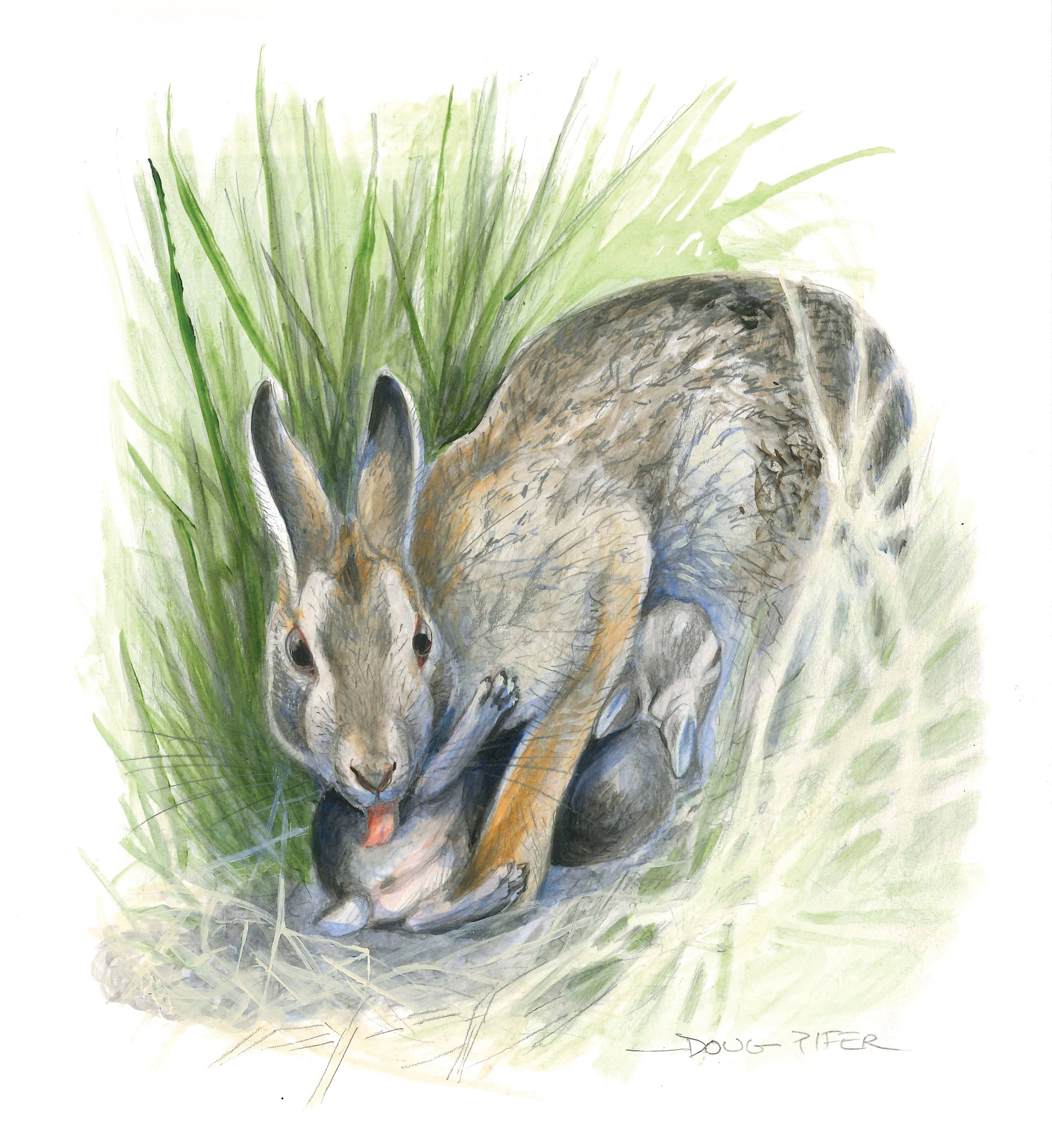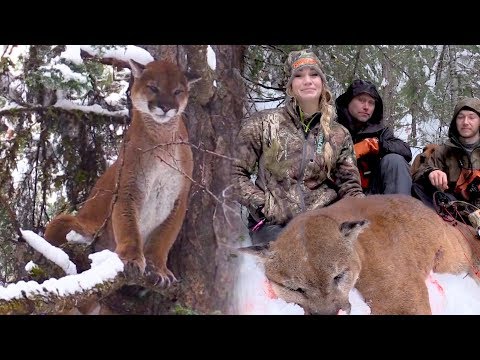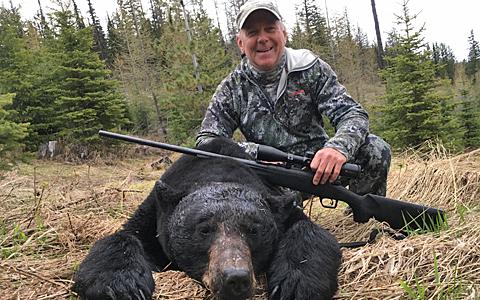
Predation refers to a form of ecological interaction that involves energy exchange and adaptation. There are two main levels of predation: the act of consuming another living organism, and deferring to someone else. Carnivorous interactions are one of the most well-known forms of predation. Predation can occur in either a group or alone. Predation's key ingredient is adaptation. Sometimes, predation involves group dynamics and cultural behavior.
Predation is a type of ecological interaction
Predation is when an animal kills another in order to get food. It is a form of carnivory and involves two species of animals: the predator and its prey. Predators eat their prey to get energy and reproduce. Predators and prey are closely linked and help maintain the balance of ecosystems. You can see examples of predator-prey relations in the lion, zebra and bear, as well as the bear, fish, rabbit and fish.
It occurs on two levels
The effects of predation on an ecosystem depend on its location along the compensatory-additive continuum. It can stabilize or destabilize an ecosystem. However, there are many implications that can be had at both the community and population level. It is therefore important to be able to distinguish between the two types of predation to understand how they affect the ecosystem. Predation at both the ecosystem and the individual levels is an important aspect of biodiversity.

It involves energy transport
Predation is an ecological process in which one living organism relies on the existence and activities of another. This is how energy is transferred to an organism that allows it to reproduce. Because predation involves energy transfer, it is crucial to understand how it works in the ecosystem. Herbivores and predators feed on the primary producers in the ecosystem. Predation is an ecological process that has a significant impact on the functioning of an ecosystem. It shapes species niches, camouflage, and morphology. Through evolutionary processes, predation shapes community structure and species diversity.
It requires adaptation
Predation requires adaptation from both the predator and the prey. Predators search for and catch a specific type of prey, while their prey must adapt to the predator's style of hunting. Both predators and prey have different ways of identifying prey species and improving their foraging skills. Prairie dogs and honeybees are two examples of predator-prey cooperation that is most often seen. They communicate with each other by using vibrations.
It affects organisms at two levels
Predation can affect organisms at two levels of the food chain, called trophic levels. Autotrophs are the first trophic level, and they produce food from other organisms like plants and animals. They move up the food chains to become primary and second-level consumers. Predators can turn into prey in a reciprocal cycle. Apex predators are top-level animals that have no prey. Apex predators are vital to maintaining ecosystem diversity. Therefore, reducing their numbers will have an adverse effect on other organisms.
It involves a variety of organisms
Predation is when an organism feeds upon another. There are many kinds of predation. In some cases, predation may be beneficial to both species. As an example, humans feed off other people while eating the eggs and seeds from other animals. Predatory animals eat other animals as well, apart from humans.

It happens naturally
Predation is a natural way for an organism to meet its needs. Predators hunt prey and then kill it. Many predators are drawn to prey of certain sizes and types. For example, wolves prefer smaller prey, whereas mantid insects use their forelegs to catch their prey. While some predators hunt only, others may wait to catch their prey.
Examples
Different predators have different ways of catching their prey. These include pursuit, ambush, and ballistic interception. Some predators are slow and cautious while others use parallel navigation to track their prey. Others must wait until their prey moves before they can capture it. An example of slow-moving pursuit is that used by African dogs. This animal was able to dodge its prey by changing its body color and shape.
FAQ
How many Americans rely on hunting for their livelihood?
The United States has more than 300 million hunting dogs. This means that hunters are twice as numerous as those who live in New York City.
Hunting has been a popular American pastime for centuries. Today, Americans hunt for sport less than ever. According to U.S. Fish & Wildlife Service(FWS) says that only 2 per cent of the population hunts on a regular basis. The percentage of young adults hunting is even lower.
Hunting may seem outdated, but it is still very popular with older generations. Recent research found that 68% of boomers plan on hunting again when they retire. Hunting is an opportunity to reconnect with nature and experience the outdoors.
For younger generations hunting is not necessarily a priority. According to the National Shooting Sports Foundation (NSSF), only 18% consider themselves to be avid shooters.
That's why FWS is working hard to make sure that America's wild places remain open for everyone to experience.
To raise awareness about public lands in the country, the agency launched the "Wild Lands” campaign in 2014. The goal is to educate people about the importance of preserving these areas and encourage them to visit them.
The Wild Lands program also encourages conservation efforts. FWS and National Rifle Association formed a partnership to create Project Gunter, a youth-oriented shooting sports program. This program teaches kids how to safely handle firearms and helps them develop skills such as marksmanship and safety.
Project Gunter is now expanding to include women and minorities. It has resulted in more children learning to shoot guns and taking part in wildlife conservation.
How much does it cost for you to hunt?
Hunting trips can be expensive depending on where you live, what type of wildlife is being targeted, and how big the animal that you are hunting.
A two-person hunting party costs between $500 and $1,000 on average. This includes lodging, food and gas.
Certain areas have higher prices than others. Expect to pay more if hunting during peak seasons like the fall turkey season.
What if I don't have a hunting license?
Yes, hunting is legal without a license. This is a violation of the law.
Fines and jail time could be possible.
Some states allow residents without a license to hunt. For more information, contact your state department or natural resources.
Statistics
- Licenses dropped from a peak of roughly 17 million in the 1980s to 15 million in 2019, according to The Seattle Times. (stacker.com)
- Over the past 50 years, the number of hunting licenses in California has been on a rapid decline, falling 70% from more than 760,000 in the 1970s to under 268,000 in 2020—even as the state's population has skyrocketed, according to The Mercury News. (stacker.com)
- Less than 1% of Hawaii's population has a hunting license. (stacker.com)
- In less than 20 years, Rhode Island saw a 40% drop in the number of hunting licenses for residents, according to The Valley Breeze. (stacker.com)
External Links
How To
How to hunt wild hogs
Large, large wild hogs are found all over North America, Africa Asia, Asia, Europe. Wild hogs eat both vegetation and small animals, such as birds, fish, mice, rabbits and mice. They usually eat at night. They usually feed at night. After the six-month gestation period, one piglet will be born. Every two years, a sow gives birth. Wild hogs live alone, but sometimes they are part of a group called herds.
The average weight of a wild boar is 200 pounds (90 kg). Their head length ranges between 10-12 inches (20-25 cm) and 20-30 inches (30-50 cm) respectively. Wild pigs have short tails, long legs and broad shoulders. They have a thick fat layer beneath their skin.
They have strong senses of smell, hearing and sight. These senses help them detect danger and find food. They can run upto 35 miles an hour (56 km/h), and can jump up to 15 feet (4m) in a single bound. They have sharp teeth. They can be aggressive in defending themselves from predators.
Hunting wild hogs is difficult due to their intelligence, speed, and elusive nature. They must be carefully tracked by hunters. The animal could escape if hunters are too quick to shoot. If hunters are too late, the animal might die before it reaches shelter.
There are many ways to hunt wild hogs. Shooting is the most popular method. This requires hunters to track down the animal and then wait until it comes into range. Another option is trapping. Trapping is the practice of placing traps in areas where the hogs are likely to drink. Many traps include a scent lure, such as corn meal and peanut butter. The hunter then shoots the trapped pork after the trap has been sprung.
Snaring, another method, is also an option. Snaring is a method that uses a noose of rope to catch the pork. It works best if the pig is caught during its mating season.
Other methods include netting, spearing, and poisoning. To stop pigs from breathing, spearing and netting involve putting a spear or net through the neck of the animal. Poisoning is when the poison is injected into the pig's throat.
Hunters who want to hunt wild hogs must be ready for cold temperatures. For warmth, hunters may need to wear snowshoes in certain areas. Hunting dogs may be used to track animals.